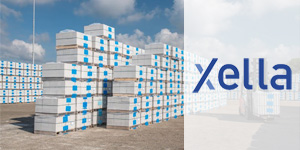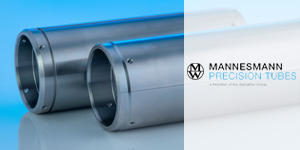Short, powerful and harmful to your equipment
An inrush current is a short, highly elevated current that occurs when a non-linear load is switched on. This happen, for example, with traditional star or delta-connected drives. However, inrush current also occurs with ‘new’ technology”, such as LED fixtures and switching power supplies.
Just like harmonic pollution, inrush currents can be a silent killer for your installation. Inrush current increases the risk of ground faults and installation circuit breaker failure, which can cause entire electrical installations to fail. Large inrush currents can also lead to voltage dips, which in turn may also result in equipment failure. In addition, the high load caused by inrush currents results in extra wear on a variety of devices, such as relays.
“High inrush currents can lead to failure and excessive wear of machinery and equipment, resulting in direct as well as indirect financial damage.”
Risks of inrush current
Situations with the greatest risk of failure due to inrush current
The risk of automatic circuit breaker failure due to inrush currents is greatest at moments when multiple devices in the installation are switched on simultaneously. In the industrial sector this would be at the start of a working day or production cycle, for example, when a large part of the production line is started up. In utility buildings, this could be at the start of a working day when the building’s lighting installation is switched on and computers and monitors are started up.
A mains failure in the vicinity of the building can cause high inrush currents. In the event of a mains failure, the voltage will fail. However, all equipment is still on. When the voltage returns, all equipment will switch on simultaneously.
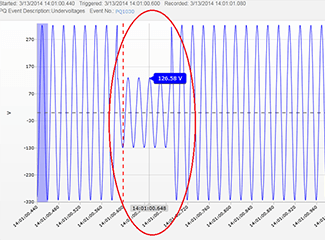
Minimalizing inrush current
Interested in the possibilities?
We are happy to help you gain insight into the quality of electrical energy within your installation. By means of measurements, analysis and appropriate reporting, we offer you insight into the Power Quality status of your installation.
There are three types of inrush current
Een inschakelstroom die optreedt bij het inschakelen van een spoel, zoals bijvoorbeeld in een transformator. Deze energie wordt gebruikt om een magnetisch veld te creëren.
Capacitive inrush currents occur when switching on devices with a switched mode power supply. This includes high-frequency fluorescent lighting, computers and monitors. Capacity that is often used as a buffer in these power supplies is switched directly to the grid.
This relates to inrush currents that occur when power-using devices are switched on, where resistance has a low value at start-up and increases during operation, such as, for example, in a heating element.
Which cause of unintended shutdown of earth leakage and installation devices is most frequently encountered depends on the type of installation. In utilities, capacitive switch-on currents are more likely to be the cause, owing to the type of connected equipment, in most industrial installations it will more often be inductive switch-on currents.
Providing insight into inrush current
HyTEPS’s specialized equipment is capable of measuring extremely short inrush currents. Unfortunately, inrush current is almost impossible to measure with standard equipment, owing to its extremely short duration. In the diagram of an LED lamp shown here, peaks in excess of 10A are measured at a nominal current of 45mA. The extremely short duration of the peak makes it difficult to measure. What’s more, a thorough analysis is required to determine how much energy the peak contains. That value can be determined, provided there are sufficiently accurate readings of the peak itself. This requires specialist knowledge and equipment.
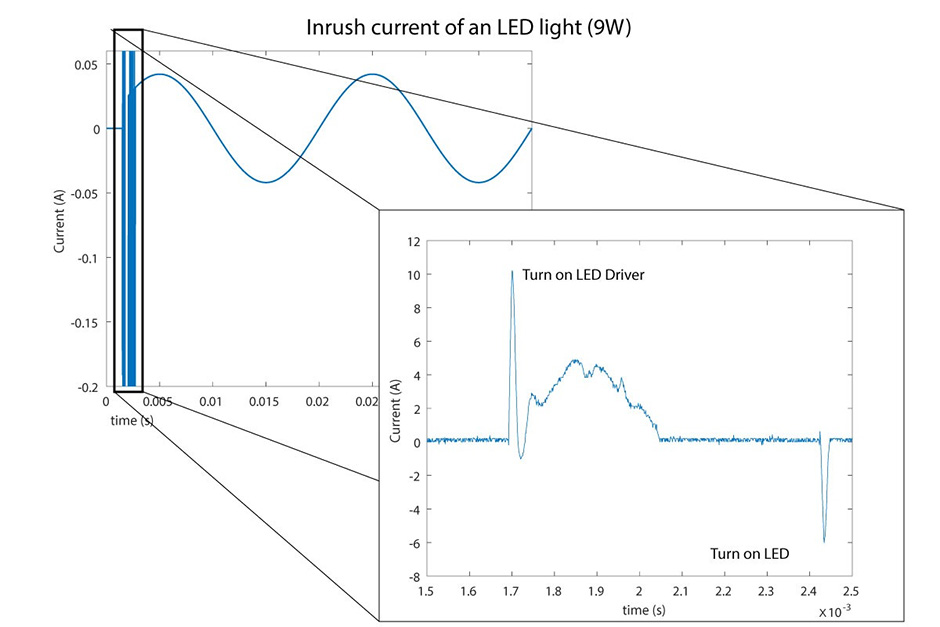
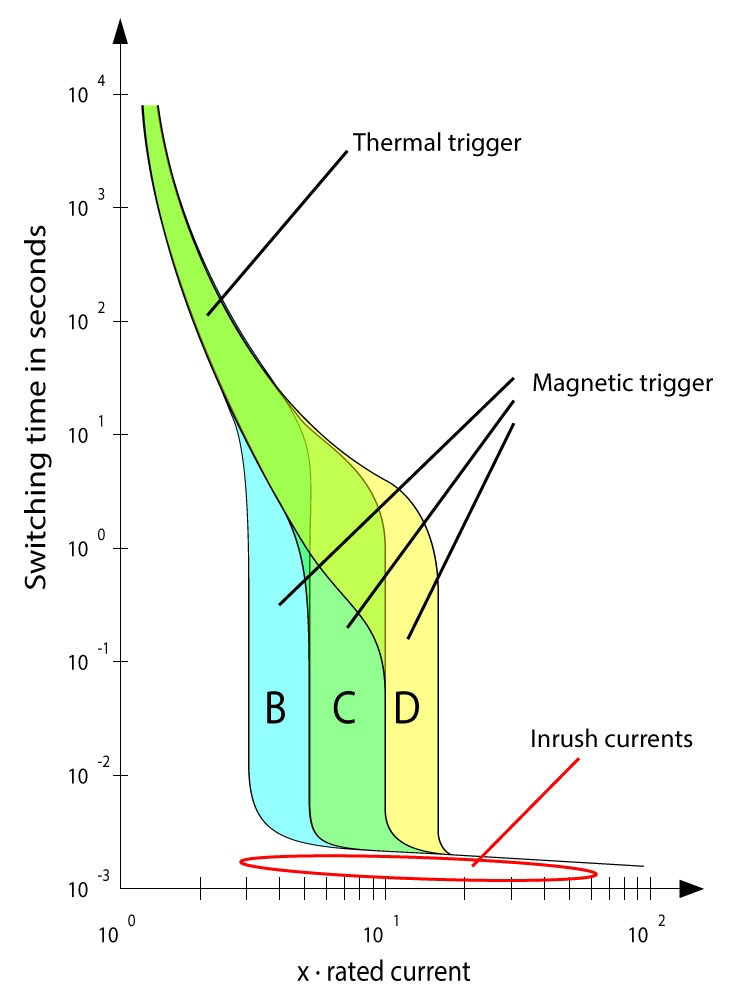
Why do circuit breakers not protect from inrush currents?
Every fuse or moulded case circuit breaker has a response curve. Inrush current often falls outside this reaction curve because of its extremely short duration. For this reason, as much as five to 20 times the nominal current can flow through a device. If a circuit breaker offered protection against inrush currents, the device could never be switched on. That is why installers are inclined to use a ‘larger’ type of circuit breaker (Type D) in the event of problems with inrush currents. However, this does not resolve the cause. Therefore there’s still additional wear on other installation components, such as switching relays and cabling.
Prevention is better than cure
Are you planning to replace your traditional fluorescent or halogen fixtures with LEDs? Then it is important to make sure your existing switching infrastructure supports these new fixtures.


